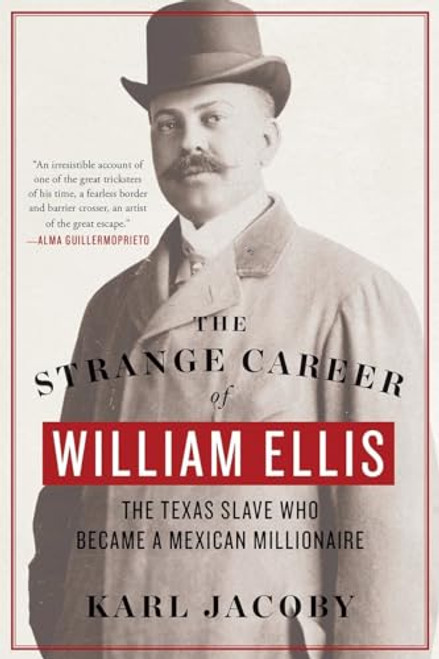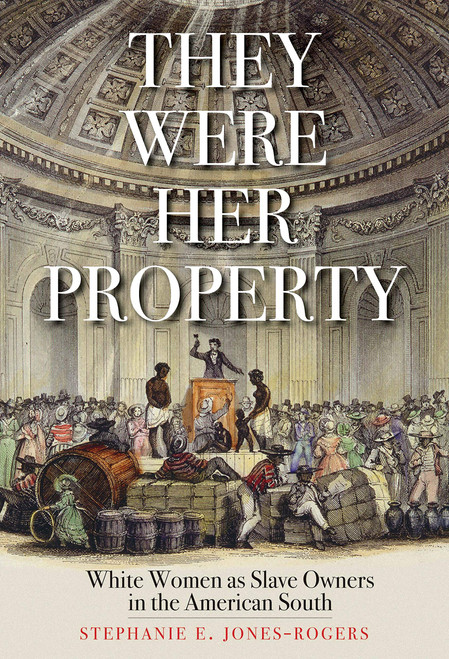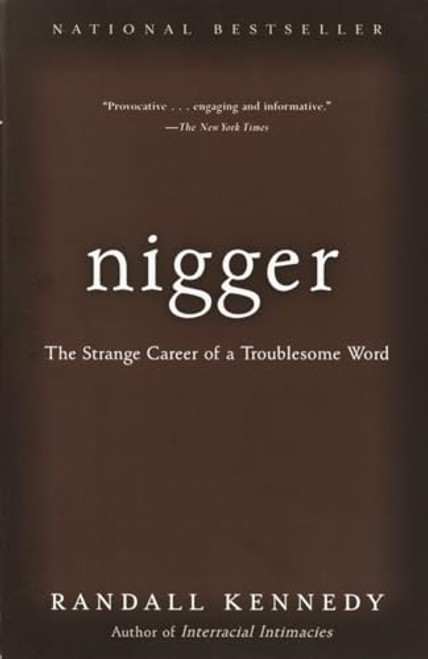The figure of the mammy occupies a central place in the lore of the Old South and has long been used to ullustrate distinct social phenomena, including racial oppression and class identity. In the early twentieth century, the mammy became immortalized as Aunt Jemima, the spokesperson for a line of ready-mixed breakfast products. Although Aunt Jemima has undergone many makeovers over the years, she apparently has not lost her commercial appeal; her face graces more than forty food products nationwide and she still resonates in some form for millions of Americans. In Slave in a Box, M.M. Manring addresses the vexing question of why the troubling figure of Aunt Jemima has endured in American culture. Manring traces the evolution of the mammy from her roots in the Old South slave reality and mythology, through reinterpretations during Reconstruction and in minstrel shows and turn-of-the-century advertisements, to Aunt Jemima's symbolic role in the Civil Rights movement and her present incarnation as a "working grandmother." We learn how advertising entrepreneur James Webb Young, aided by celebrated illustrator N.C. Wyeth, skillfully tapped into nostalgic 1920s perceptions of the South as a culture of white leisure and black labor. Aunt Jemima's ready-mixed products offered middle-class housewives the next best thing to a black servant: a "slave in a box" that conjured up romantic images of not only the food but also the social hierarchy of the plantation South. The initial success of the Aunt Jemima brand, Manring reveals, was based on a variety of factors, from lingering attempts to reunite the country after the Civil War to marketing strategies around World War I. Her continued appeal in the late twentieth century is a more complex and disturbing phenomenon we may never fully understand. Manring suggests that by documenting Aunt Jemima's fascinating evolution, however, we can learn important lessons about our collective cultural identity.
Slave in A Box: The Strange Career of Aunt Jemima (The American South Series)
University of Virginia Press
MSRP:
Was:
Now:
$34.09 - $41.80
(You save
)
(No reviews yet)
Write a Review

Write a Review

University of Virginia Press
Slave in A Box: The Strange Career of Aunt Jemima (The American South Series)
- SKU:
- UPC:
- 9780813918112
- Maximum Purchase:
- 2 units
- Binding:
- Paperback
- Publication Date:
- 3/5/1998
- Author:
- Manring, Maurice M.
- Language:
- English: Published; English: Original Language; English
- Pages:
- 224

W. W. Norton & Company
The Strange Career of William Ellis: The Texas Slave Who Became a Mexican Millionaire
MSRP:
Was:
Now:
$12.99 - $25.34

Yale University Press
They Were Her Property: White Women as Slave Owners in the American South
MSRP:
Was:
Now:
$22.10 - $29.89

Brand: University of Pittsburgh Press
Under the Flags of Freedom: Slave Soldiers and the Wars of Independence in Spanish South America (Pitt Latin American Series)
MSRP:
Was:
Now:
$66.50 - $84.50

In Search of the Promised Land: A Slave Family in the Old South (New Narratives in American History)
MSRP:
Was:
Now:
$12.60 - $32.77

Brand: The University of North Carolina Press
Mothers of Invention: Women of the Slaveholding South in the American Civil War (Fred W. Morrison Series in Southern Studies)
MSRP:
Was:
Now:
$13.08 - $54.37

Sublette Ned
The American Slave Coast: A History of the Slave-Breeding Industry
MSRP:
Was:
Now:
$56.16 - $99.48
!



